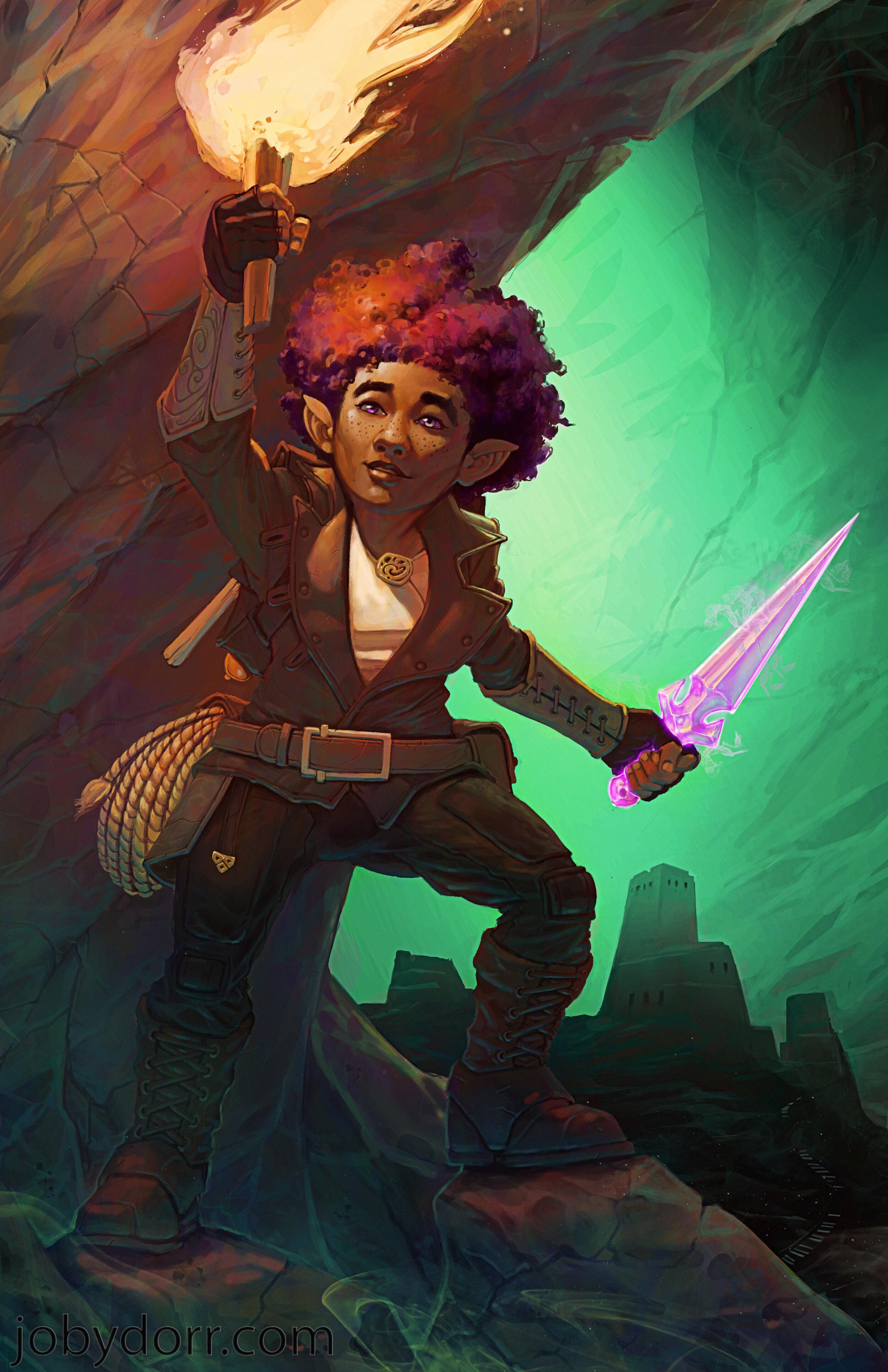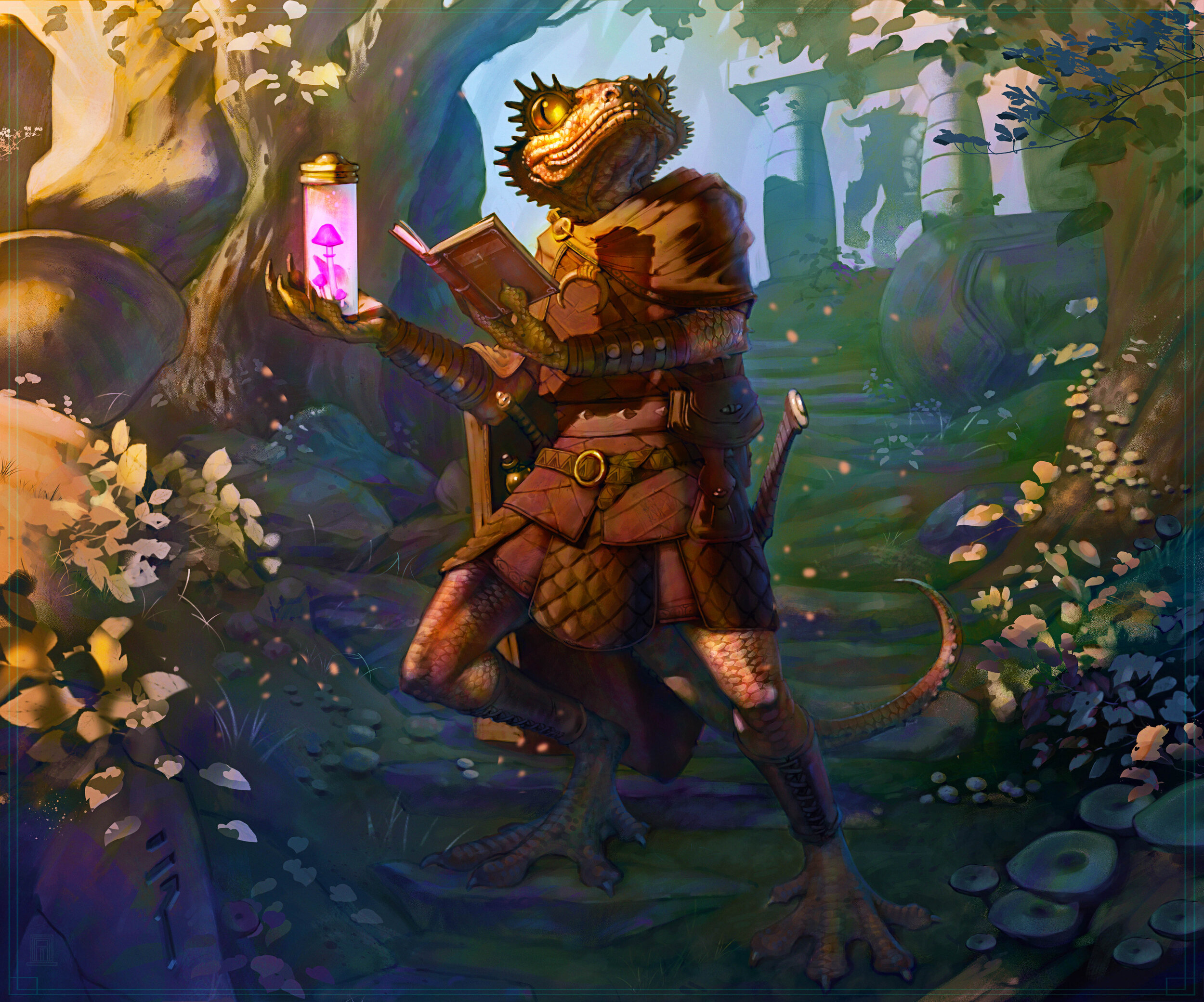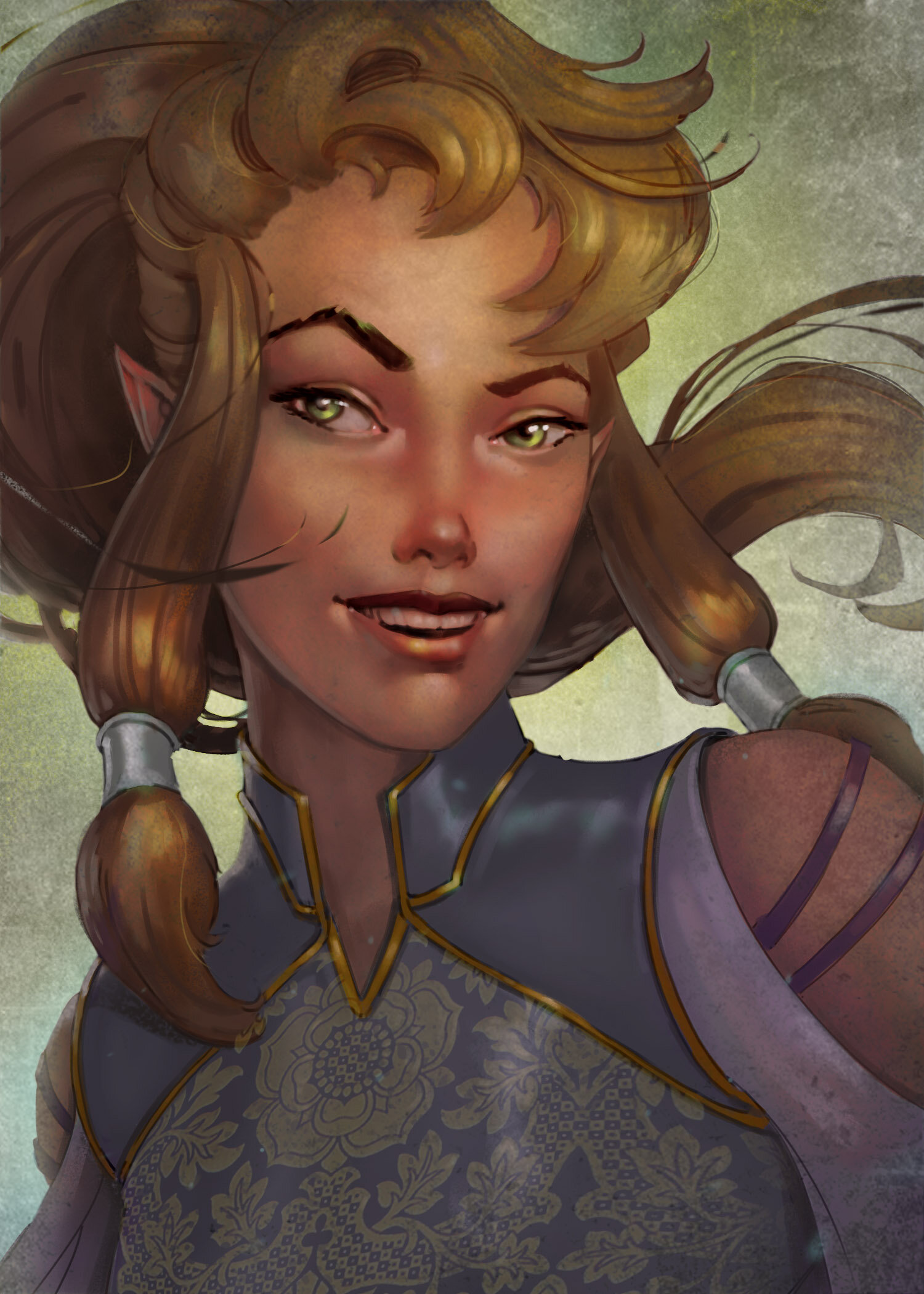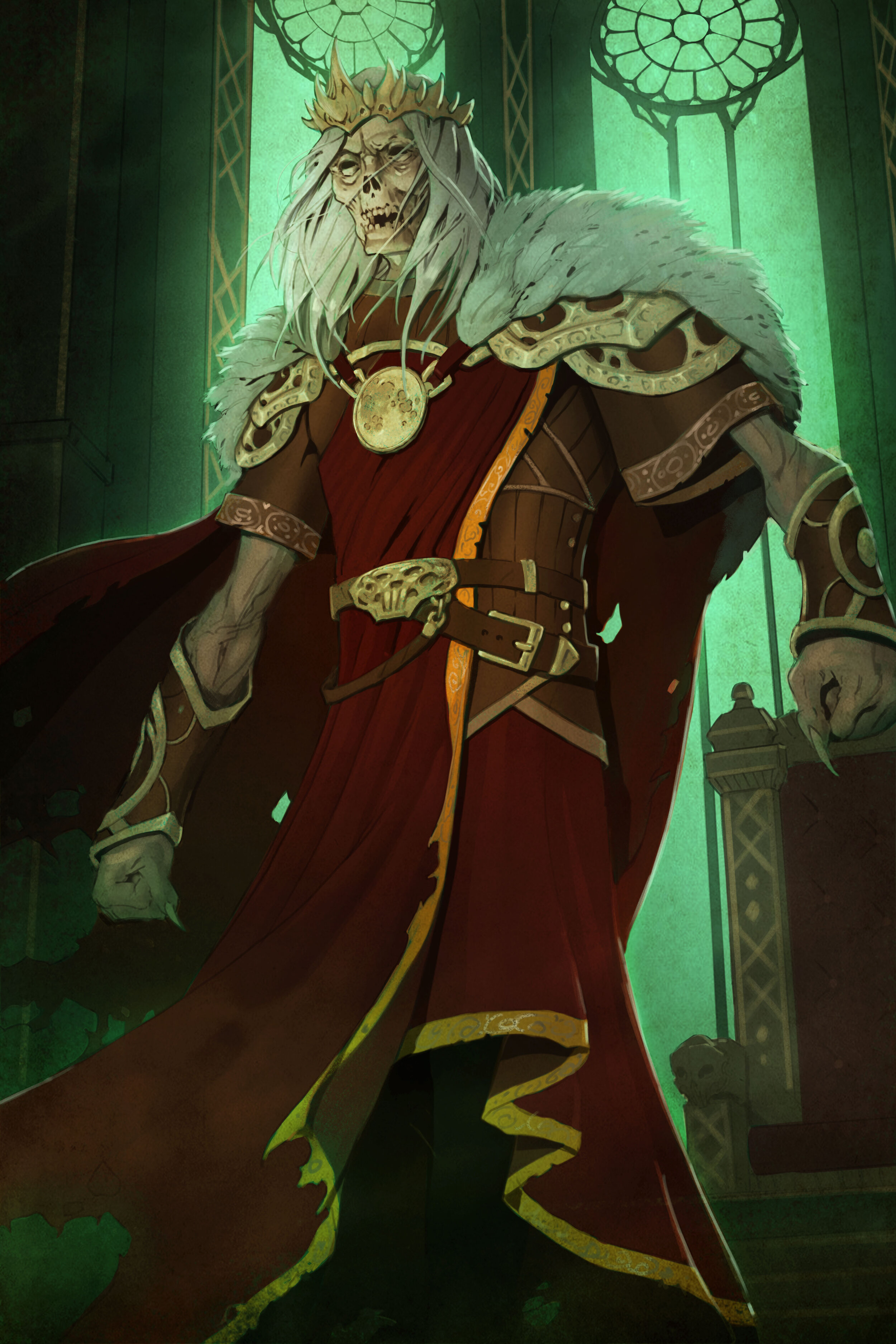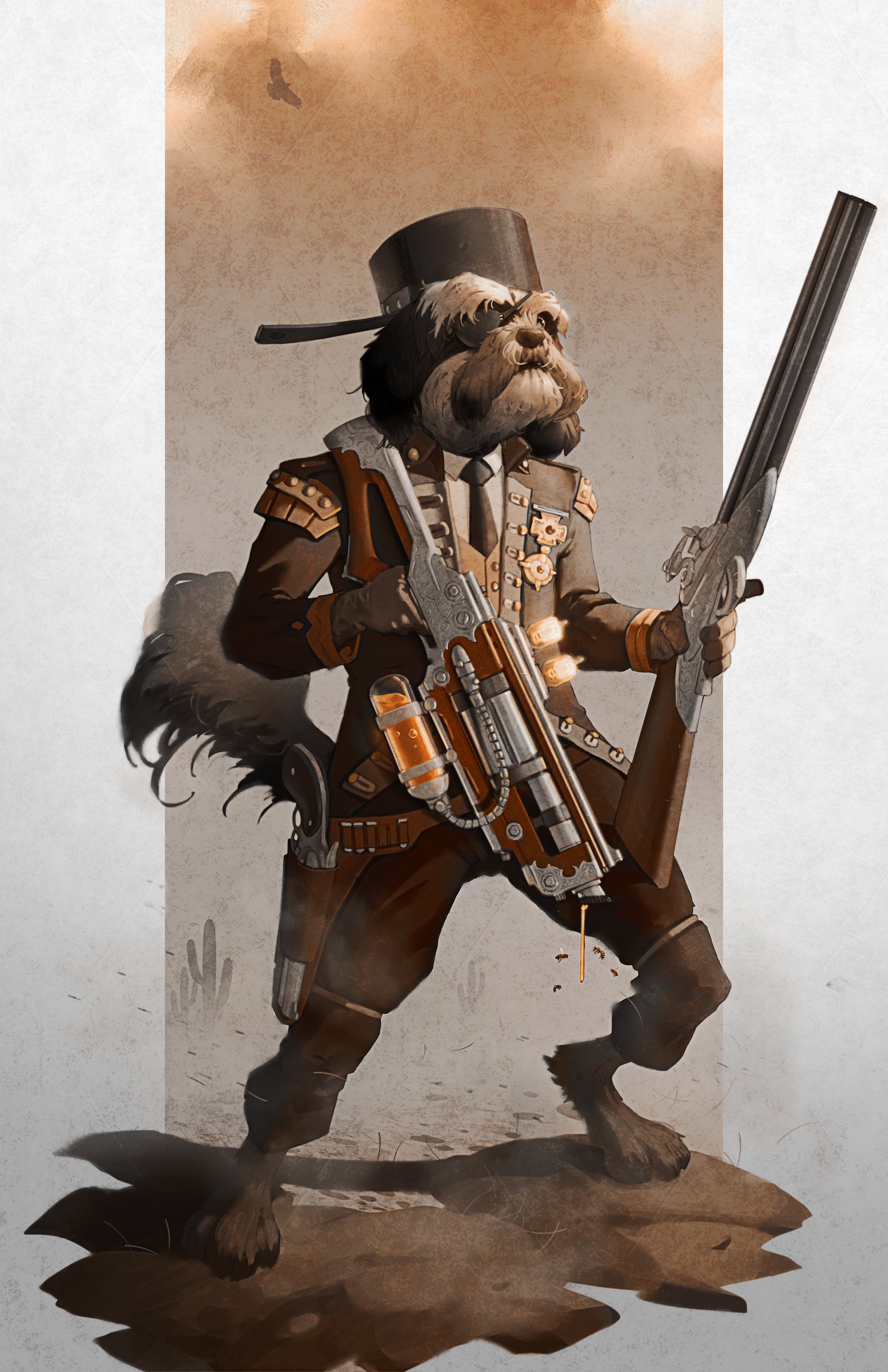I Want to Sell My Art: How Do I Know When I'm Ready?
/Making art is as old as humanity and it is essential to our emotional and spiritual development. Being an artist can be an incredibly fulfilling goal and It makes sense if you want to take it up as a hobby, but even more sense if you see it as a lucrative business venture. Everyone enjoys original works of art in their home, office, small business, hotel rooms, you name it. You can find paintings just about everywhere.
An artist is ready to sell their paintings once they have identified a marketable audience and established an online platform for showcasing their art. Additionally, genuine skill and artistic talent are necessary to attract a marketable audience that is willing to buy an artist’s paintings.
But when is it time for you to start selling? Are there rules? Is it too early? Are you good enough? None of these things matter as long as you are confident in your work, have a plan on how to get it out there, and have some marketing skills. There are many art communities and websites like Etsy where you have access to virtual marketplaces. Keep reading to learn how to know when you are ready to sell paintings.
How Do I Start Selling My Art?
It will take some work, so be ready to put the hours in. The best way to go about selling your art is to sell your art. Im sure you have heard the saying: “A journey of a thousand miles starts with one step”. You just have to START and Nobody is going to do it for you.
The good news is that there is no WRONG place to start. Just start anywhere. one of the best ways to learn how to start selling your art is to find artists who you admire and want to emulate and watch what they are doing.
Keep in mind a few core principles:
People related most to stories. What is the story behind you and your art? How will you communicate this?
Where do you want people to see your art and how are you directing them there? Decide where you want your strongest online presence to be and always be directing traffic there.
People tend to buy the things that they believe in, and the only way to capitalize on that is to get your work in front of them always and often
Research the markets. Where is the art similar to yours selling? What untapped markets might be undiscovered?
Talk to your peers to get feedback and share ideas.
By contacting other artists in your area you can get a feel for what the market is like, but more importantly get started on organizing shows to sell art or get invited to pre-existing ones. Just by showing up you can get people interested in your work, even if they are just window shopping.
It is important to have a QR code or a business card that will directly lead someone to an online store or scheduled show you will be at. Always be thinking about how to funnel eyes to your art.
Having an Online Presence Is Important
Having an online store is, in this day and age, borderline mandatory. It can be stressful mailing out a painting you worked so hard on, but the reality is that most people love having the freedom to browse the internet unbothered. Capitalizing on that type of accessibility is only going to help get you in front of more people, which in turn will get you more bites. No one will force you to go this route, but you would be remiss not to.
An online presence in general will help you build your sales up over time. Being able to simply post pictures of your paintings in a digital marketplace instead of constantly scheduling around art showings and gallery shows will make your life incredibly easy. Especially when you are first getting your feet wet. You may not be able to immediately quit your day job to jump into selling your art, an online store helps bridge the gap.
How Do I Sell My Art Successfully?
There are a lot of ways to sell your art successfully nowadays. Thanks to the power of the internet you are able to post your art virtually anywhere, or even offer commissioned work if you are comfortable doing that sort of thing. It takes nurturing though. Having a social media presence can help a lot as it will constantly expose your work to different channels. The internet is a free-marketing tool, always use it.
Three words will be your mantra: networking, networking, and networking
…and marketing. O.k. so, 4 words.
Through trial and error you should determine which online presence works best for you. Personally I recommend the personal website most for a variety of reasons but most importantly, because you have complete control. Once you have a central location online, make it a point to point traffic in that direction any time you share your work anywhere else.
You could also contact local art circles and see where that takes you. Doing this can land your art gallery installations or invitations to art shows. Getting to know other artists in the area may seem intimidating, especially since they are potential competition no matter how friendly they are, but it is probably the best way to get to know how an art scene operates and will only help you understand that area’s demographic.
Can You Make a Living Selling Art?
There is no doubt that you can make a living selling art, as long as you are patient and truly believe in the work that you do. Combine that with genuinely interesting work, quality technique, and strong audience appeal and you will be surprised with how consistently you can make money from selling your art. Over time, you can even save up to purchase your own storefront full of your own original art to sell to passerbys.
It is worth mentioning that it might get to the point where sales will outgrow the pace in which you can get the work out.
You should consider operating a print shop as well as your original paintings
By offering prints of your paintings you can unlock a whole slew of customers that may not want to commit to one of your full-sized paintings. Prints can come in various sizes to fit any needs in terms of how it is displayed
Selling art takes a long time, but if you are passionate enough you can absolutely make a living selling your original works. Yes, it is your hobby and yes, it is your emotional escape, however it can also be your financial institution. Treat it like a small business and you will be pleasantly surprised by how much you can accomplish with your very own paintings.
What Makes Art Valuable?
Art has all different thresholds as far as value goes, that goes same for paintings.
There are many factors when it comes to what makes your piece valuable, including materials used, historical relevance, or even just the sheer look of it
Collectability is a crucial factor as well. What is the social context that the art exists in? What greater vision is it part of? These are things that make collectables work and why people value them.
Many artists did not make a ton of money on their original pieces early on in their careers, and in a lot of cases, those classic paintings were likely sold for a higher price than they were originally bought for
Think about the subject matter, for example. Would a picture of a hamburger seem more appealing to an audience than a plate of fish sticks? More often than not, yes. Your audience is paying your bills here, so you have to take into consideration what may or may not suit their taste. Now, if you are on the fish stick side of the fence that does not make you wrong, you just have to get your work in front of them instead.
Create Things That Demands Attention
Does your art have a wow-factor? Does it follow you around the room? Is it a depiction of something significant in your life or in our world’s history? Does it make you think? But most importantly: Does it come from your own true voice? These are all things that generate interest in a painting, of course. However, it also generates revenue for your work. A painting's value runs parallel with someone else’s desire to obtain it. Make sure it meets an interesting criteria before selling.
The Scream by Edvard Munch, for example, is a pretty simple looking painting on the surface. But composition aside, the second you make eye contact with it you might find yourself wondering why they are “screaming”. You might ask yourself a handful of questions while looking at it before realizing a moment has gone by. That is the power of painting something that grabs attention.
Your Painting Should Have a Message
Grabbing someone’s attention is certainly one thing, but if that is all it would take then you could just paint a picture of a Kardashian and call it a day. The reality is your painting should have a message behind it. Using The Scream as an example again, it is based on Edvard Munch’s own internal struggle. The Scream represents the turmoil and anxiety going through him on a regular basis despite the serene-looking vista depicted.
If your art comes from your inner most truth and you create it using an authentic voice then people WILL respond to it and be capitvated by it.
The point is, there should be layers to your painting to make it interesting. Are you painting a picture of a flower? Or is there a deeper meaning behind it? Is the flower blooming in a desecrated area? Is it meant to inspire hope? These are the thoughts you can cycle through while thinking of your work-in-progress to take it to another level and ultimately help it resonate with a wider audience.
How Much Should I Sell My Art For?
It can be tempting to just slap a six-figure price tag on a piece and just see what happens, but when you are just starting out, you may want to be a little more realistic. You could hire someone to appraise your art, but ultimately you are going to want to take inventory of time-spent and cost of materials. This includes the frame if you decide to have an ornate adornment for your painting while it is on display.
Think about when you go out to eat.
A pizza, for example, might only cost $2 to make but the restaurant will charge $12
The general rule of thumb is to take the cost of ingredients and multiply it by three to make a profit and cover any overhead that went into supplying the product
As a starting point, this same principle can be applied to your art. If it costs you $40 to create a painting, try to sell it for $80 or $90. Selling it for $40 only breaks even
With that said the value of your art will be determined by a wide variety of variables from your popularity to genera demand, etc. This is where the advice and feedback of your peers can be invaluable. having mentors guide you is essential.
Again, take your audience into account as well. If you have works in an art show, take a look at what other artists that are similar in your style are selling for. If you are a more unconventional artist, perhaps scale the price a bit higher due to rarity. If your work is truly unique and interesting, then people will not mind spending the extra money within reason. Do not be afraid to bet on yourself if you truly believe in your work.
What Makes Bad Art?
It seems unfair to call a painting “bad” when at the end of the day it is someone else’s work that they care about. However, it does exist and within this criteria it can be detrimental to your growth as an artist. Bad art can be depictive of something disturbing, ethically questionable, or even be a mockery of the medium. It is pretty easy to spot and should not be taken seriously, as it only hurts everyone else for cheap laughs.
Bad art hurts the community as a whole. Every single person who comes to your art show or gallery should be treated as a first time customer. It is very important that their experience in your store, stall, or online shop feels as though they can be comfortable sifting through your work deciding what to buy for themselves. Seeing something disturbing or disgusting will not only drive them away that one time, but possibly forever.
All it takes is one time for a potential customer to think that is the rule and not the exception. If someone in your community is putting out bad, toxic painting or other works of art that person needs to be excluded or talked to, as it hurts everyone involved. You will not be able to explain to every single person that that is an isolated incident and not the normal goings of your art community. Stay alert, for everyone’s sake.
Discriminatory Art Is Not Art
Again, if art is bad it will be pretty easy to spot. Anything discriminatory is immediately off limits. If something depicts white supremacy, fictional mistreatment of indigenous people, black face, or anything of that nature, that piece needs to be taken down and that person needs to be excluded from all gatherings involving the sale of art. Paintings that have anything in that vein will only toxify your community.
Art shows and pop-up galleries are organized events. That being said, someone has to sign off on everyone and everything being presented during the show. Maybe senior ranked artists in the community will have some say or organizational responsibilities, but at the end of the day not every artist knows who will be selling their work. This is by no means an excuse, if you see this you have to call it out for the health of your circle.
Consequently, this will affect the buyer’s decision to stay or go. It will also leave a sour taste in their mouth as they immediately tie that work into how everything operates in your art community. Now, you know that this could not be further from the truth. But to the buyer, they will just have a blanket opinion over the entire showing. That will obviously not help when you are relying on those shows to sell your paintings.
How Can I Tell If My Art Is Good?
Conversely, you can get a fair idea of how good your art is in a multitude of different ways. For starters, are people complimenting your work? Mom hanging your crayon drawings of bugs on the fridge aside, are people genuinely complimenting your work? This is a good start, take it another step and start getting it out there in the world. How is your technique? Is it unique to your style? Would you want it in your home?
These are things you can ask yourself over and over but until you actually get it out there it can be hard to know for sure.
Feel free to compare to other artists in your style, but do not go overboard because that can lead to you getting away from the things that make you great
Once again: This is where the advice and feedback of your peers can be invaluable. having mentors guide you is essential.
Consider signing up for classes to get some constructive criticism or ask if you can hang some paintings in a shop and see what the owner says
Good art has a broad spectrum. What you think is good might not be for others, it can be a shifting plane. You will want to look at your technique, subject matter, meaning, and quality. Art can go from good to great by following that criteria, it helps to learn the history of your favorite painters as well to get an idea of what it took for them to create good art. Start small, work hard, and be confident to climb the ranks with your work.
Quality Over Quantity
You may be thinking to yourself that time is not on your side and that it takes too long to paint a good work of art as opposed to painting multiple decent pieces. Maybe over time you can resort to this method, however it is a bad idea all across the board. The fact remains the same—if you do not believe in it then nobody else will.
That is not to say that some people will like some of your paintings more than you, everyone has a painting sale that they did not think would do well at one point or another. However, you should still be confident in what you are putting out. It is better to have five brilliant paintings than it is to have twenty paintings with half the effort poured into them. Your audience will appreciate it and you will make a better name for yourself.
Conclusion
With enough hard work and dedication, any artist can successfully sell their paintings and establish an income source. Online platforms such as Etsy help mediate the transfer of paintings and wealth between painters and interested buyers.
You will know when you are ready once you start getting positive feedback from other artists and find a marketable audience interested in buying your paintings.














